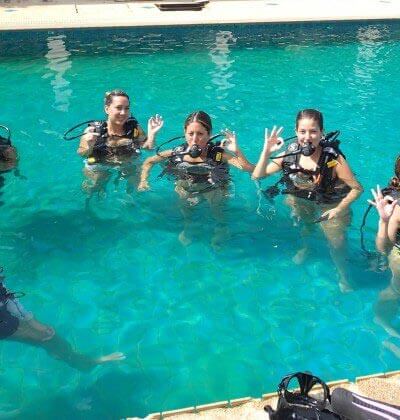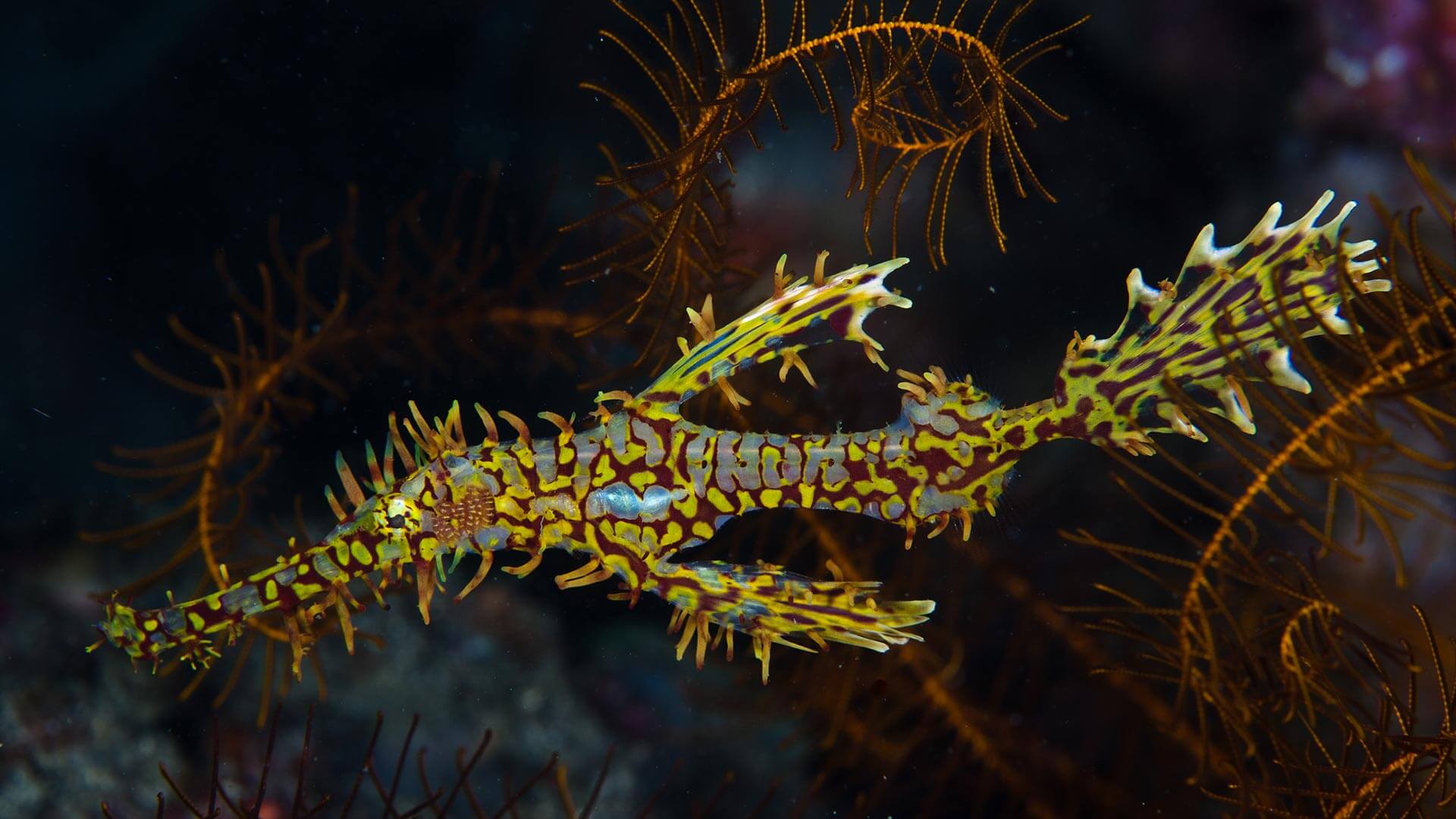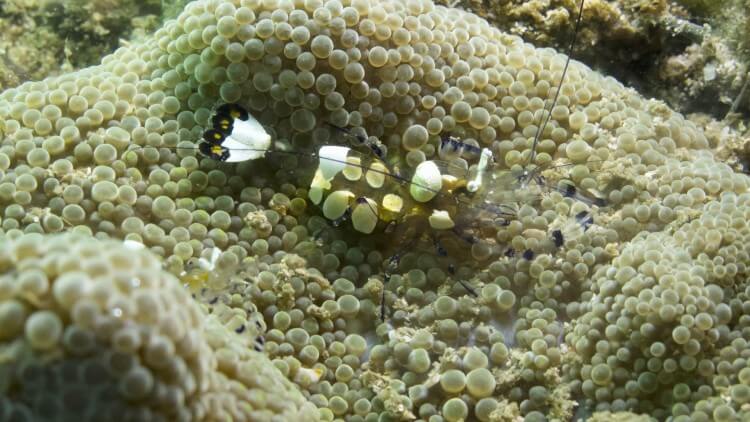 Helpful Diving Info
Helpful Diving Info
Do I Need to Know How To Swim to Scuba Dive?
This is a question that I often get asked, and really it is not as simple as YES or NO. Here is some explanations and reasons why.
If you want to become a certified scuba diver by doing the PADI Open Water Diver Course, the answer is yes. In the PADI Open Water Diver Course it is specified that you have to be able to swim continuously for 200 metres. This can be with any stroke however it does need to be continuous without stopping. There is alternate option and that is you do a 300 metre mask, fin and snorkel swim. Some do find this easier to the 200 swim.
You also have to be able to tread water or float for at least 10 minut [...]
Read The Story
 Everything Else
Everything Else
Best Dive Sites in the World
Are you a diving enthusiast seeking the ultimate underwater adventure? Look no further! We've curated a list of the most awe-inspiring dive sites across the globe that promise unforgettable experiences for divers of all levels. From vibrant coral reefs teeming with marine life to mysterious underwater caves, these destinations offer a glimpse into the mesmerizing beauty of the ocean depths.
Outside of our own Similan Islands & Richelieu Rock here in Thailand, which is regarded by most as a top 10 dive site, here are some other amazing dives you can do around the world.
No list of top dive sites would be complete without mentioni [...]
Read The Story
 Everything Else
Everything Else
Aussie Divers Phuket – Awarded PADI CDC Rating
On the 5th September 2023 Aussie Divers Phuket was awarded the the prestigious PADI CDC (Career Development Centre) rating. The highest possible store rating in the PADI Scuba Diving educational system.
The award is testament to the hard work of the staff and instructors over the 11 years of since Aussie Divers Phuket commenced.
Aussie Divers Phuket was delighted to receive this email from PADI Headquarters.
Hi Darren,
It gives us great pleasure to award Aussie Divers S-23442 the esteemed distinction of PADI Career Development Centre. You have now moved into the highest level of educational professionalism in our industry.
[...]
Read The Story





